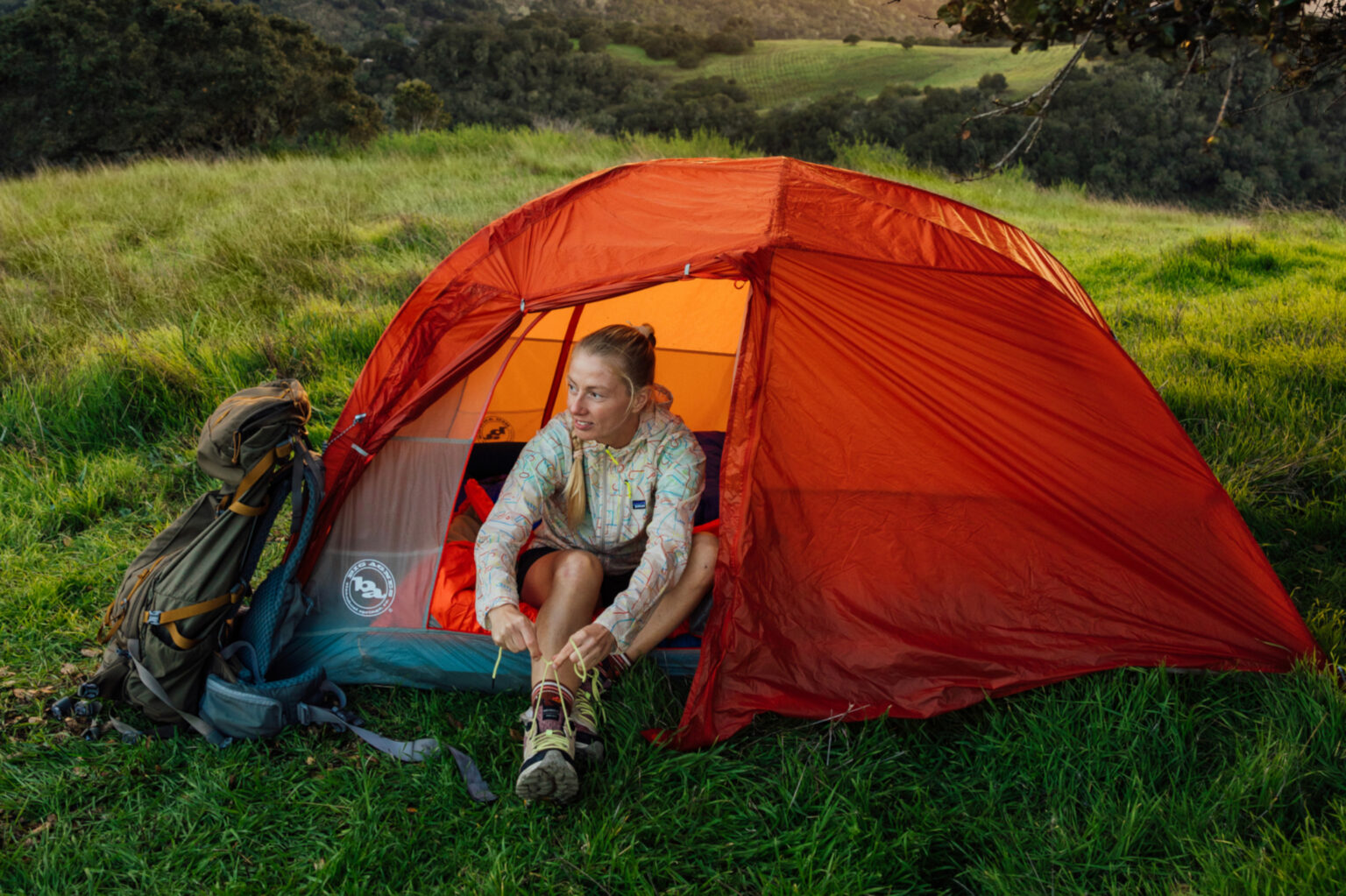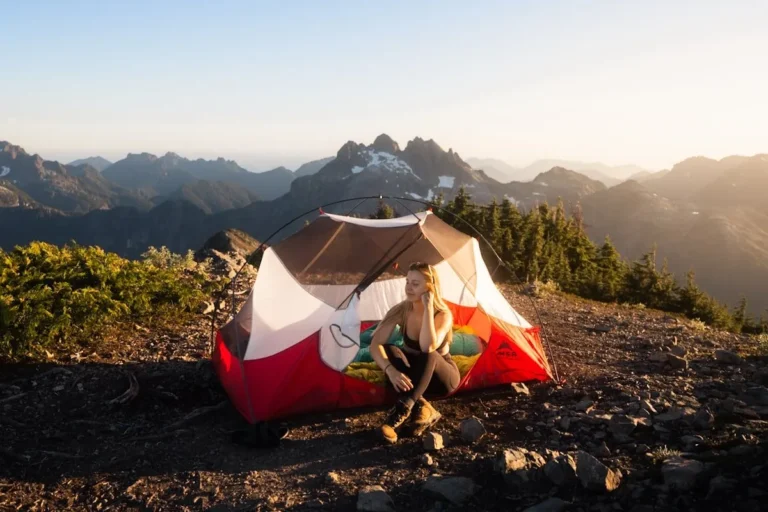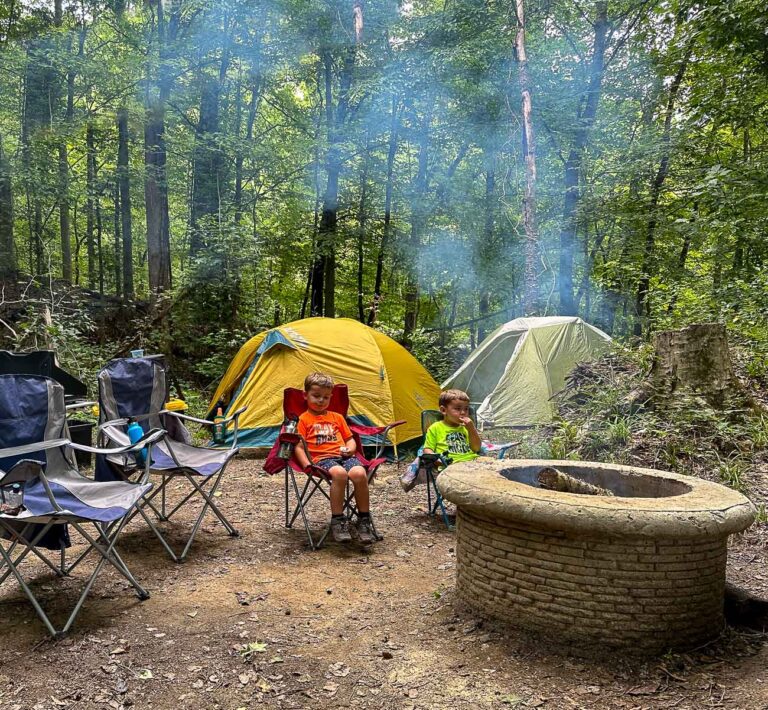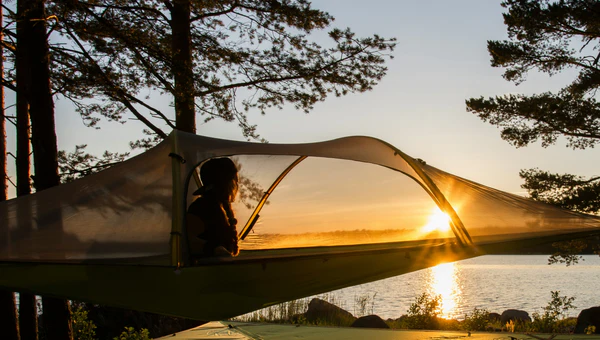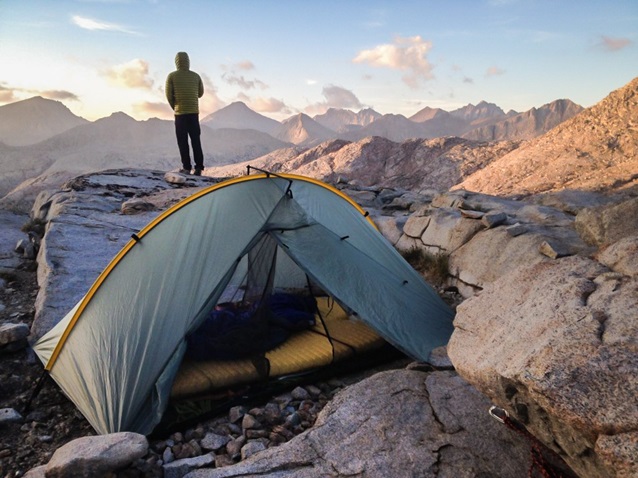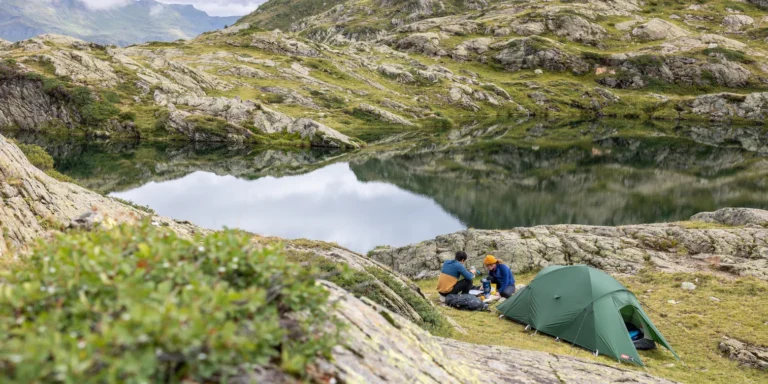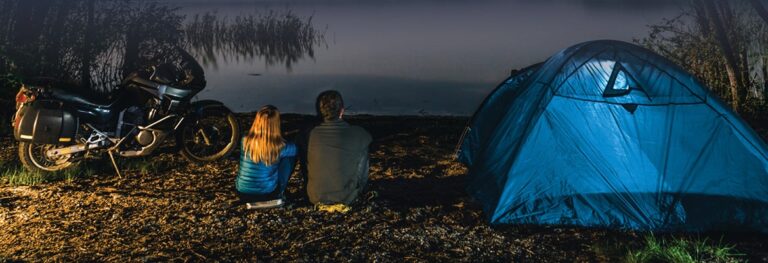Camp Guide: The Ultimate Source for Backcountry Camping Basics
For outdoor enthusiasts, backcountry camping is the ultimate getaway—a chance to completely immerse oneself in the unspoiled beauty of nature while escaping from crowded campgrounds, cell service, and the bustle of everyday life. However, backcountry adventures demand more planning, expertise, and independence than glamping or car camping. To stay safe, cozy, and fed in isolated areas, you’re carrying everything on your back and depending on your own preparation.
The essentials of backcountry camping, including equipment, clothing, food, safety supplies, and useful advice, will be covered in this guide so you can go into the wilderness with confidence and be ready for anything nature may throw at you.
1. Understanding Backcountry Camping
Backcountry camping means venturing beyond maintained campsites, roads, and facilities. These remote areas are often accessed by hiking, paddling, or skiing several miles from the nearest parking area. This type of camping rewards you with solitude, wildlife encounters, and stunning landscapes — but it also demands careful preparation because help is often far away.
Key differences from front-country camping:
- No on-site amenities (bathrooms, running water, trash disposal)
- Increased need for self-reliance
- Higher importance of navigation and survival skills
- Stricter Leave No Trace principles
2. Core Backcountry Gear
When every ounce counts, packing efficiently is crucial. Here’s what you need:
Backpack
- Choose one with a capacity of 50–70 liters for multi-day trips.
- Look for adjustable suspension, padded hip belts, and a sturdy frame.
Shelter
- Lightweight tent, bivy sack, or hammock with a rainfly.
- Ensure it’s weather-appropriate for the climate you’re visiting.
Sleeping System
- Sleeping bag rated for expected nighttime temperatures.
- Sleeping pad for insulation and comfort.
Cooking Gear
- Compact camp stove or backpacking stove.
- Lightweight pot, spork, and fuel canister.
- Firestarter kit (matches, lighter, waterproof fire starters).
Water System
- Collapsible water bottles or hydration bladder.
- Water filtration system (pump filter, gravity filter, or purification tablets).
3. Clothing for the Backcountry
Layering is the key to staying comfortable in changing conditions:
- Base Layer – Moisture-wicking fabrics like merino wool or synthetic materials.
- Mid Layer – Insulating jacket (fleece or down).
- Outer Layer – Waterproof, windproof shell.
- Extras – Hat, gloves, spare socks, and camp shoes.
Avoid cotton — it retains moisture and can lead to hypothermia.
4. Food & Meal Planning
In the backcountry, your meals should be lightweight, calorie-dense, and easy to prepare:
- Dehydrated backpacking meals
- Instant oatmeal and soups
- Trail mix, nut butters, and energy bars
- Hard cheeses and cured meats
Pro Tip: Aim for 2,500–4,000 calories per day depending on activity level and weather conditions.
5. Navigation & Safety Essentials
You’re your own safety net in the backcountry. Always carry:
- Topographic map and compass (and know how to use them)
- GPS device or smartphone with offline maps
- First-aid kit with blister care
- Multi-tool or knife
- Whistle for signaling
- Headlamp with extra batteries
If traveling in bear country, bring bear spray and follow safe food storage practices.
6. Leave No Trace Principles
In fragile backcountry environments, it’s your responsibility to minimize impact:
- Plan ahead and prepare.
- Travel and camp on durable surfaces.
- Dispose of waste properly (pack it in, pack it out).
- Leave what you find.
- Minimize campfire impact.
- Respect wildlife.
- Be considerate of others.
7. Tips for a Successful Backcountry Trip
- Test your gear before the trip.
- Pack light but don’t skimp on safety essentials.
- Start with shorter trips to build skills and confidence.
- Monitor weather forecasts and be ready to adapt.
- Inform someone of your itinerary before you go.
Final Thoughts
Backcountry camping can be one of the most rewarding outdoor experiences you’ll ever have. The combination of untouched landscapes, solitude, and self-reliance creates an adventure unlike any other. But with that freedom comes responsibility — to yourself, your group, and the environment.
With the right gear, preparation, and respect for nature, you can confidently set out into the wild and create unforgettable backcountry memories.

